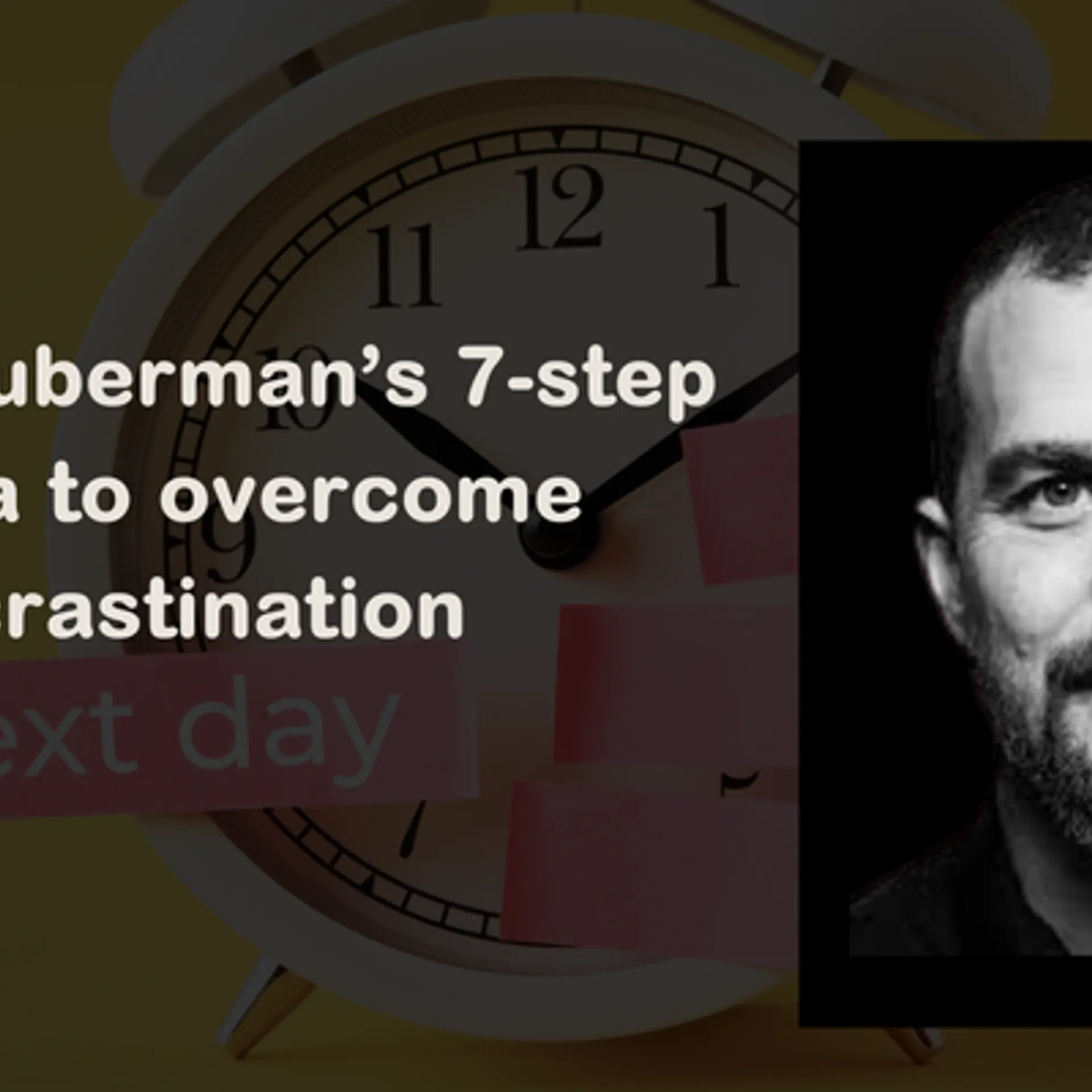Why there’s a need for business insurance among SMBs and other top picks of the week
From the importance of business insurance for small businesses to how blogging can help brands with their campaigns, here’s what SMBStory covered this week.
The micro, small, and medium business sector of India plays a crucial role in the Indian economy. However, it still needs strong cushioning to deal with business shocks. Since, the majority of the MSMEs still operate in a traditional way, they need awareness of something as basic as insurance.
To enable small businesses with simplified business insurance, Indore-based helps SMEs set up insurance coverage customised to their needs.
BimaKavach
India is one of the largest insurance markets in the world. However, the penetration of insurance is more or less untapped in the SME (small and medium enterprises) sector.
With the objective of tapping this underserved market, Tejas Jain, who hails from a family of insurance experts, started BimaKavach, a business insurance platform, in 2021.
BimaKavach strives to simplify the way SMEs and startups avail themselves of business insurance. By pairing technology and insurance expertise, BimaKavach helps SMEs and startups set up insurance coverage customised to their needs.
BimaKavach has catered to around 350 enterprises in a year and grown 2X. It is eyeing a gross written premium of Rs 20 crore in fiscal year 2023-24.
“In India, nearly 95% of startups and MSMEs are uninsured. We want to fix commercial insurance from scratch by building suitable startup- and SME-focused insurance products,” says Tejas in an interaction with SMBStory.
Ruhe
Most sceptics would say that products like kitchen and bathroom fittings do not fit the direct-to-consumer (D2C) mould. Unlike other products bought online, customers prefer picking out such furnishings in person.
Kapil Gupta, Founder of D2C brand , seems to disagree. “There is a general perception that these items cannot be sold online but I believe this segment has been untouched by online business models,” Kapil says.
While Ruhe was set up in 2020, the idea came during an unexpected trip to India. When Kapil returned from the US, he noticed that floor drains in his house were faulty. This led to his home being filled with a filthy odour. At this moment, Kapil recalled how effective these drains were in the US. To him, the solution lay in manufacturing such products with high quality in India and thus began selling them online.
Its D2C strategy was precise. To emulate the feeling of picking products in person, it began producing videos to reassure customers about product quality. Besides this, Ruhe also offers a 30-day return policy for any of the products sold—no questions asked.
Other top picks of the week
Blogging for brands
Most digital campaigns these days are either on Instagram or around a TVC and they run in silos with respect to the larger marketing or PR objectives. They are sudden burst campaigns typically running for two to three days, where a bunch of influencers post a video or an image with a caption. They’re usually missing a call to action (CTA), and even if there is one, it is mostly placed in the influencers’ bios.
In an attention span of an Instagram timeline, where liking a post is a novelty, how many consumers do you imagine check influencer profiles for the link? How many consumers do you believe are getting influenced by that one Instagram post?
The need of the industry is to pivot, in order to cater to a more mature and nuanced consumer. A consumer who doesn’t have an impulsive buying journey and who is consuming information related to the product category on multiple platforms, starting from Google and often ending in well-researched long-form content.
In short, a brand campaign should be presented as breadcrumbs on every single platform and push for multiple content interaction cycles, which eventually shift the needle of consideration for a consumer.
But how does a brand with limited resources and maximum KPI (key performance indicators) needs achieve this? This can be done by replacing influencer outreach programmes with blogger outreach programmes. Bloggers are nothing but influencers who have their websites as well as a strong social media influence.
Basically: All bloggers are influencers but all influencers are not bloggers.
Edited by Affirunisa Kankudti







